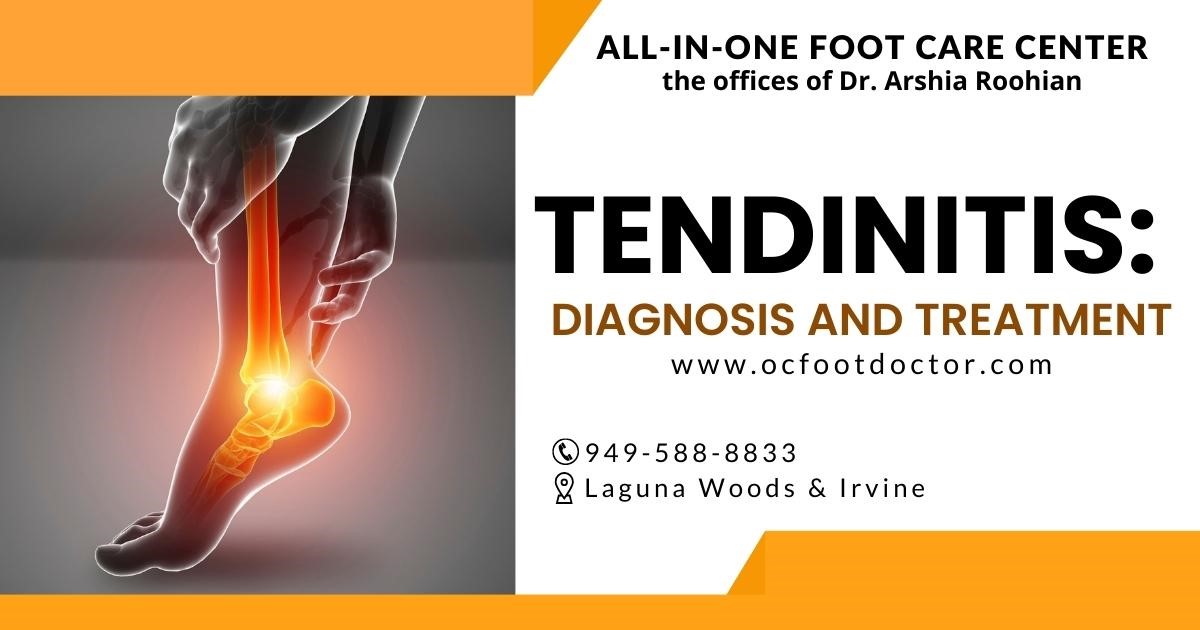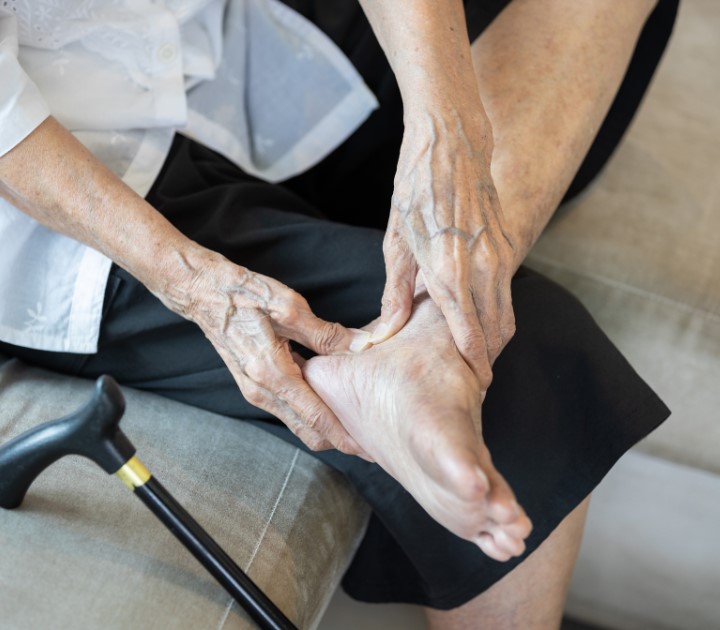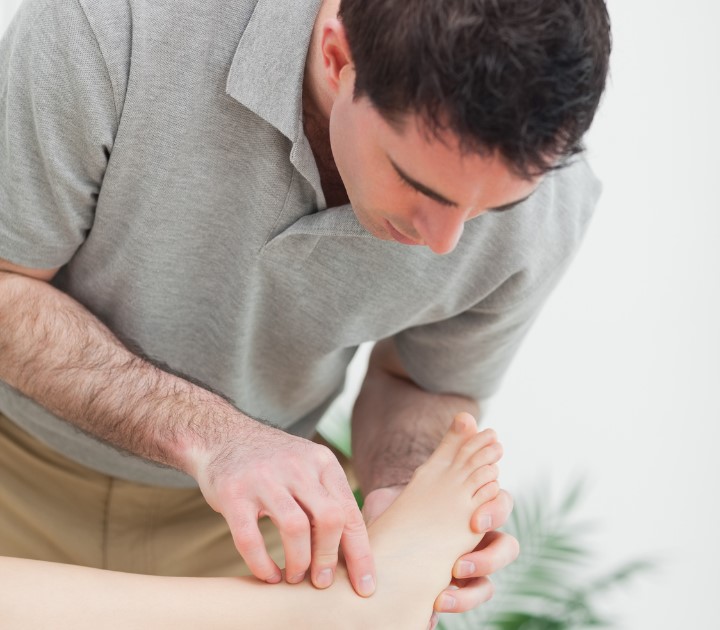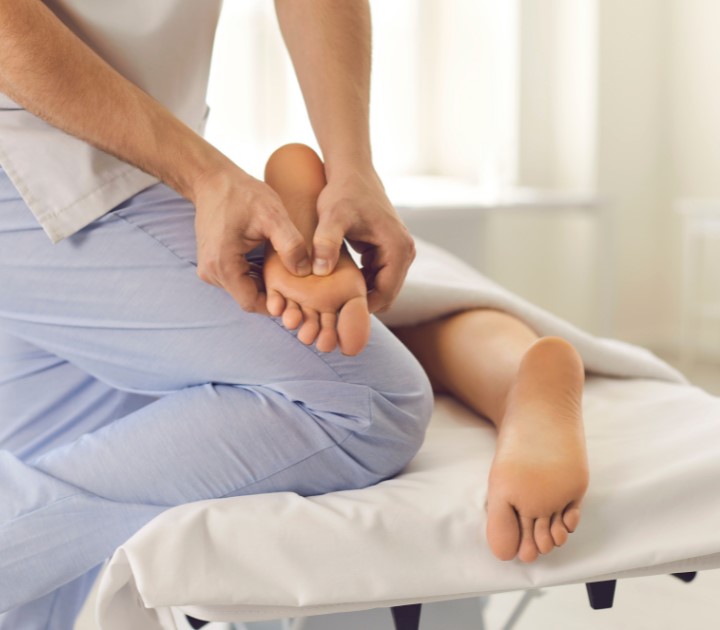Tendinitis: Diagnosis and Treatment

It is called tendinitis when a tendon becomes damaged and swollen due to repeated use. Tendinitis can be painful and can interfere with movement.
The following symptoms may indicate tendinitis. Read on to learn if you have tendinitis.

The symptoms
Tendinitis typically manifests as:
- Inflammation
- Feelings of tenderness
- When moving a joint, you feel a grating sensation
- Joint pain that is dull and aching
- Rest improves discomfort with movement
As with sprains, tendon injuries are usually caused by one-time injuries that overstretch or tear them, rather than by repeated strains.
Several types of repetitive sports injuries—tennis elbow and pitcher's shoulder, for example—are types of tendinitis. However, you don’t need to be a pro athlete to develop it. Tendonitis can be caused by repetitive use of one part of the body in many trades, including house painting, landscaping, and cleaning. Electricians and flight attendants are frequently required to reach overhead, which can cause tendinitis in their legs. It can also be caused by prolonged use of vibrating power tools in a job or hobby.
Nevertheless, tendons can be irritated by things as simple as poor posture when sitting at a computer or overusing their hands when playing video games.
The risk of tendinitis is also increased by certain health conditions and medications, such as certain blood and kidney conditions, gout, rheumatoid arthritis, and some antibiotics.
As tendons become less flexible with age, people over 40 are more likely to develop tendinitis.
Treatment of tendinitis

Seeing a doctor is the best way to determine whether you have tendinitis. The doctor will examine the painful area and take your medical history. In most cases, imaging tests and prescription medications can be used to diagnose and treat the problem, but they might be necessary if the problem doesn't subside.
It is then possible to perform imaging tests, such as an MRI or ultrasound. An antibiotic will also be prescribed if an infection is found in the painful joint. If there is an infection, an antibiotic will be prescribed. Taking down the inflammation and reducing discomfort and stiffness may also be treated with a steroid injection. Surgery is rarely required unless the condition is severe or persistent.
The most common treatment for tendinitis is rest and basic TLC. Here are some tips:
There are four elements to RICE: rest, ice, compression, and elevation.
- Rest the overstressed joint. It's important to stop the activity that caused the problem until the tendon can heal. The joint can also be prevented from moving with a brace or splint.
- Ice it down. It may seem tempting to put a hot pack or heating pad on the injured area, but wait a few days before doing so to ensure swelling has gone down.
- Compression involves placing a snug bandage on the area to help reduce swelling. Removing the bandage if the area gets numb is the best course of action.
- Elevate the joint if it’s an ankle or knee. Use a low table or sit sideways on the sofa and prop up your leg with pillows.
- Over-the-counter medication. Aspirin, ibuprofen, or naproxen may be prescribed by your physician to reduce swelling and pain. These medications can be taken orally, applied topically, or both.
- Physical therapy. You can learn to move your body in a way that allows it to heal with the help of a therapist. They can help you manage pain, regain strength and mobility.
Preventing tendinitis

Here are some tips you can try to prevent tendinitis or prevent it from recurring if you have a risk factor or engage in repetitive activities that strain your joints:
- Try something different. If you enjoy sports, don't give it up, but try something else for a while.
- Get yourself a coach. A sports trainer or physical therapist can help you learn how to move correctly to avoid putting undue strain on your body.
- Even if you sit for work all day, get up and stretch from time to time. There's a reason athletes warm up by stretching—it loosens the joints and prevents injuries.
- Avoid "powering through." A joint won't heal if you don't allow it.
ou can contact our office at 949-588-8833 , or visit our website at https://www.ocfootdoctor.com/ Our offices are located in Laguna Hills, Irvine, Mission Viejo, Aliso Viejo, Lake Forest, Foothill Ranch, and Costa Mesa.


